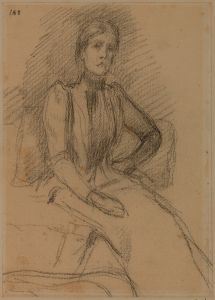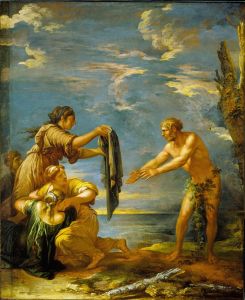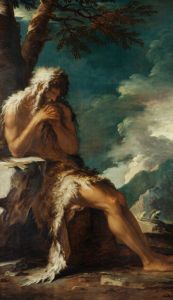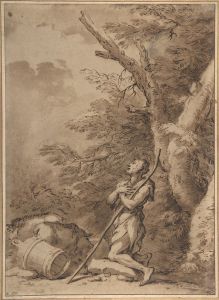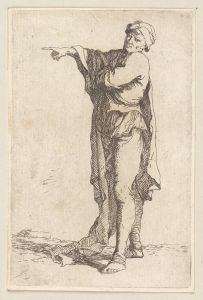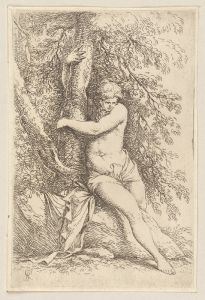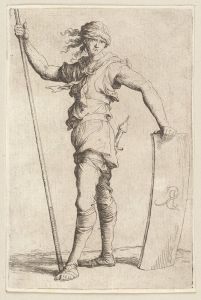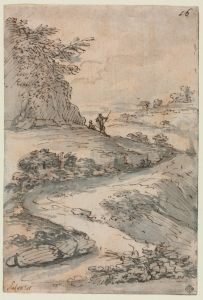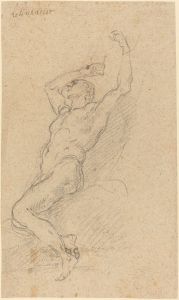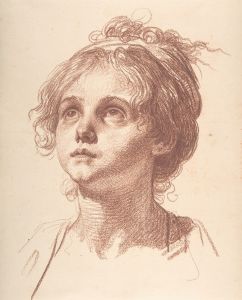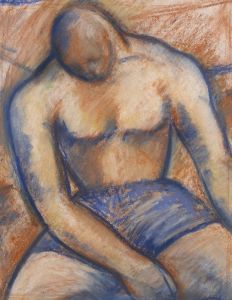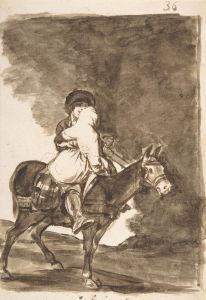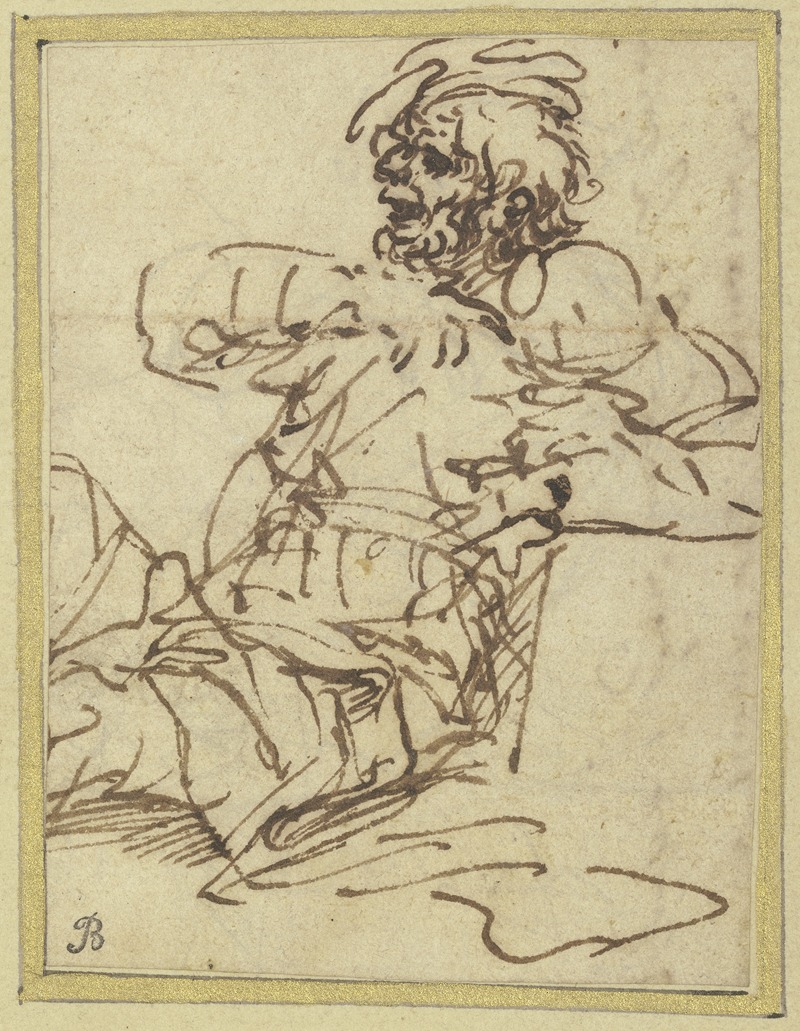
A man seated against a block on the right
A hand-painted replica of Salvator Rosa’s masterpiece A man seated against a block on the right, meticulously crafted by professional artists to capture the true essence of the original. Each piece is created with museum-quality canvas and rare mineral pigments, carefully painted by experienced artists with delicate brushstrokes and rich, layered colors to perfectly recreate the texture of the original artwork. Unlike machine-printed reproductions, this hand-painted version brings the painting to life, infused with the artist’s emotions and skill in every stroke. Whether for personal collection or home decoration, it instantly elevates the artistic atmosphere of any space.
Salvator Rosa was an Italian Baroque painter, poet, and printmaker active in the 17th century, known for his unorthodox and often dramatic style. While Rosa's oeuvre includes a variety of subjects, including landscapes, portraits, and historical scenes, his work often carries a sense of the mysterious and the dramatic, reflecting his rebellious personality and intellectual pursuits.
"A Man Seated Against a Block on the Right" is one of Rosa's lesser-known works. Unfortunately, there is limited information available about this specific painting, including its date of creation, current location, and provenance. This scarcity of information is not uncommon with some of Rosa's works, as not all of them have been extensively documented or studied.
Salvator Rosa was born on June 20, 1615, in Arenella, a suburb of Naples, and he initially trained under his uncle, Paolo Greco, and later with Francesco Francanzano and Aniello Falcone. Rosa's early works were influenced by the tumultuous environment of Naples, which was marked by political unrest and cultural vibrancy. He moved to Rome in the 1630s, where he became associated with a circle of intellectuals and artists who valued independence and creativity.
Rosa's style is characterized by its dramatic use of light and shadow, dynamic compositions, and often a sense of the sublime or the fantastical. His landscapes, in particular, are noted for their rugged and wild nature, often populated with bandits or hermits, which was a departure from the more idyllic pastoral scenes popular at the time.
In addition to his visual art, Rosa was also a poet and satirist, known for his sharp wit and criticism of the art establishment. His literary works often reflect his disdain for the conventions of his time and his desire to challenge the status quo.
While "A Man Seated Against a Block on the Right" may not be as famous as some of Rosa's other works, such as "The Witches' Sabbath" or "Democritus in Meditation," it likely embodies his characteristic style and thematic interests. Rosa's paintings often explore themes of philosophy, solitude, and the human condition, which may be reflected in the contemplative pose of the figure in this painting.
Rosa's influence extended beyond his lifetime, impacting later artists who admired his bold approach and willingness to defy artistic norms. His work has been studied for its unique contribution to the Baroque period and its reflection of the broader cultural and intellectual currents of 17th-century Italy.
In summary, while specific details about "A Man Seated Against a Block on the Right" are scarce, it can be appreciated within the broader context of Salvator Rosa's artistic legacy. His work continues to be celebrated for its originality, emotional depth, and the way it captures the spirit of an artist who was both a product of his time and ahead of it.






